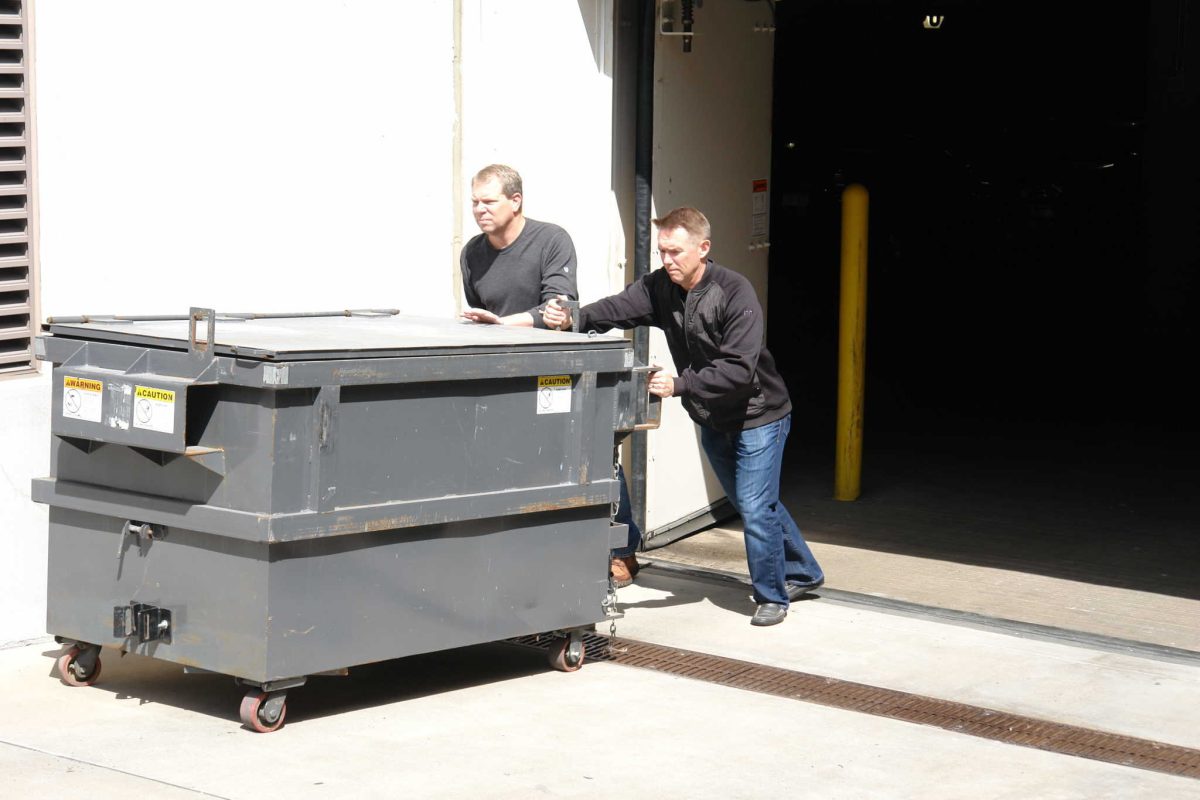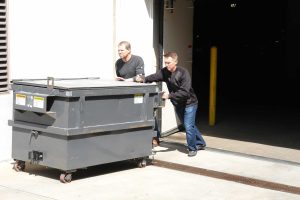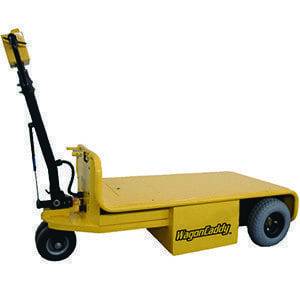
Ergonomics in the Warehouse: The Key to Efficient, Conscientious Operations
Ergonomics is more than just a buzzword; it’s a critical factor in ensuring the safety, comfort, and productivity of workers, particularly in a setting as demanding as an industrial warehouse. In this comprehensive guide tailored for warehouse professionals, we’ll explore the multifaceted approach of ergonomics in your work environment. From the science behind ergonomic design to its real-world impact on industrial safety and operations, this post will equip you with the knowledge to enhance your workplace from the ground up.
Understanding Ergonomics in the Warehouse Setting
Ergonomics, in its simplest definition, is the study of people’s efficiency in their working environment, especially in terms of the equipment they use. In industrial settings, this translates to designing workspaces and tools to fit the capabilities and limitations of the human body, thus minimizing discomfort, preventing injuries, and increasing performance.
In warehouses, the practice of ergonomics is nothing short of a game-changer. It’s the art of ensuring that the thousands of tasks performed within these sprawling spaces are not only completed but completed optimally by the very beings that make this industry possible — the people.
The reason ergonomics is so critical in warehouses is due to the inherent challenges these environments present. Think heavy lifting, repetitive motion, and prolonged standing — warehouse work is physically demanding, and the risk for musculoskeletal disorders (MSDs) is high without proper ergonomic consideration.
The Fundamentals of Ergonomics in Warehouse Equipment
Ergonomics begins with the tools and machinery used in everyday warehouse operations. Fundamentally, ergonomic equipment should:
- Be adjustable to suit the diversity of worker body types and functions.
- Reduce the need for unnatural postures or excessive forces.
- Be comfortable to use for extended periods.
By investing in ergonomic warehouse equipment, companies not only prioritize their workers’ well-being but also improve overall efficiency by minimizing downtime due to injuries and fatigue.
Some common examples include:
- Ergonomic workstation chairs: Featuring lumbar support, adjustable armrests, and seat height to promote proper back health.
- Anti-fatigue mats: Providing cushioning and stable footing to reduce stress on the body during prolonged standing.
- Mechanical lift tables: Enabling workers to adjust storage and work surfaces to their preferred height, reducing bending and reaching.
- Power-assisted tools: From warehouse cart pullers to semi-trailer movers, these tools help reduce the manual effort required for moving loads, lowering the risk of overexertion.
The integration of such equipment is not simply a luxury but a necessity in modern warehouse management.
Addressing Common Ergonomic Challenges in Warehouses
To implement effective ergonomic strategies, it’s crucial to understand the typical problem areas. Here are just a few of the common ergonomic issues experienced in warehouses:
Heavy Lifting and Carrying
One of the most noteworthy issues is the lifting and transporting of heavy items.
The Impact of Overexertion
Overexertion injuries, such as strains and sprains, constitute a large proportion of workplace injuries and are often caused by improper lifting techniques. Employees are at risk when they:
- Lift loads from the ground up without bend-knees, keep back straight motions
- Carry excessively heavy items for their body’s limitations
Solutions with Ergonomic Pulling and Pushing Equipment
Companies can address these hazards through ergonomic design principles by:
- Introducing pulling and pushing aids like the Cart Caddy and Car Pusher
- Utilizing the Dumpster Caddy for moving heavy trash receptacles
- Providing training on proper lifting techniques
Repetitive Motion
Repeating the same motion regularly can lead to muscle fatigue and damage over time.
Identifying Risky Behaviors
- Reaching and stretching over long periods
- Using manual tools in a repetitive, straining manner
Mitigating Risks through Design and Behavior Modification
- Encouraging regular breaks and changes in movement
- Providing ergonomic tools from DJ Products designed to reduce strain
Prolonged Standing
Extended periods of standing can lead to discomfort and long-term health issues.
A Proactive Stance
- Implementing anti-fatigue mats
- Varied workstations to allow workers to sit or stand as needed
- Add mobile ride-on options to warehouse equipment from DJ Products.
Promoting Comfort without Sacrificing Efficiency
- Rotating job tasks to allow different muscle groups to be used
- Educating staff on the importance of posture and supportive footwear
The goal is to devise a more comfortable work environment that considers the health of its employees.





